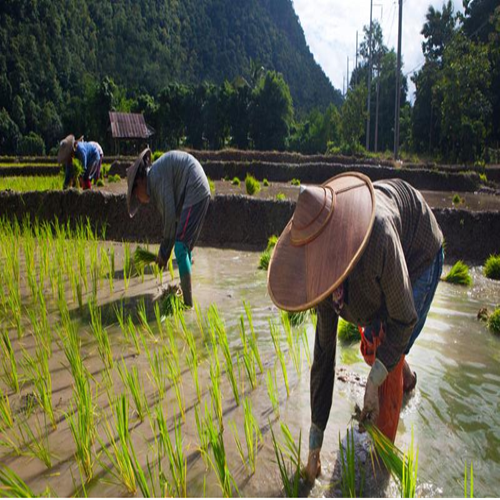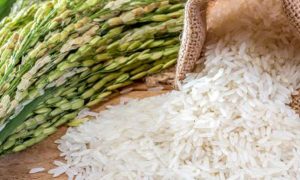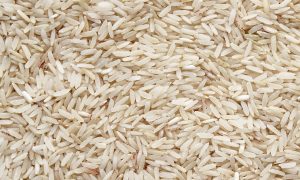India’s Agri-Export Landscape: Basmati Rice Shines Amidst Challenges, Livestock and Fresh Produce Flourish

India’s agri-exports, facing a 10% dip at $15.7 billion in April-November 2023, showcase a mixed scenario. While non-basmati rice and wheat struggled due to government restrictions, the basmati rice market flourished with a 17.58% growth, and livestock products, fresh fruits, and vegetables experienced positive surges. The diverse agri-export landscape reflects resilience amid challenges, with basmati rice emerging as a star performer.
Highlights
Overall Agri Export Decline: Indian agricultural exports, monitored by APEDA, declined by 9.73% during April-November 2023-24, amounting to $15.729 billion, compared to $17.425 billion in the same period last year.
Basmati Rice Growth: Basmati rice exports grew by 17.58%, reaching $3.7 billion. Higher purchases from countries like Saudi Arabia and Iraq contributed to this growth, with volume increasing by 9.6%.
Non-Basmati Rice Decline: Non-basmati rice exports decreased by 25% due to government-imposed export restrictions in July. The value stood at $3.07 billion, down from $4.10 billion, with volume declining by 33% to 76.92 lakh tonnes.
Wheat Export Plummet: Wheat exports witnessed a sharp decline of 98%, reaching $29 million, compared to $1.50 billion in the same period last year.
Livestock Products Growth: Livestock product exports, including buffalo meat and poultry, increased by 6.31% to $2.88 billion. Buffalo meat exports grew by 13% to $2.40 billion, while poultry product shipments increased by about 39% to $113 million.
Dairy Products Decline: Dairy product exports faced a decline of 32.86%, amounting to $283 million, down from $421 million.
Fresh Fruits and Vegetables Increase: Fresh fruits and vegetables exports grew by 20%, reaching $1.19 billion, compared to $991 million. Processed fruits and vegetables also saw an 8% growth, totaling $1.41 billion.
Processed Foods Growth: Other processed foods, including groundnuts, guargum, alcoholic beverages, and milled products, grew by 3.9% to $2.96 billion. Guargum shipments declined by 20% to $352 million, while groundnuts increased by 9% to $504 million.
Floriculture Growth: Floriculture exports increased by 2.41%, totaling $154 million.
Cashew Kernels Stability: Cashew kernel exports remained stable at $213 million during the period.
Conclusion
Despite a downturn in overall agricultural exports, India’s agri-market demonstrates adaptability, with basmati rice leading the way and livestock, fresh produce, and processed foods showing growth. Government policies, both restrictive and supportive, have played a pivotal role in shaping these trends. The country’s ability to navigate challenges and capitalize on emerging opportunities emphasizes the dynamic nature of the agri-export sector, encouraging stakeholders to strategize effectively in this ever-evolving landscape.
Source Link: https://in.investing.com/news/indias-agriexport-landscape-basmati-rice-shines-amidst-challenges-livestock-and-fresh-produce-flourish-3982480

















